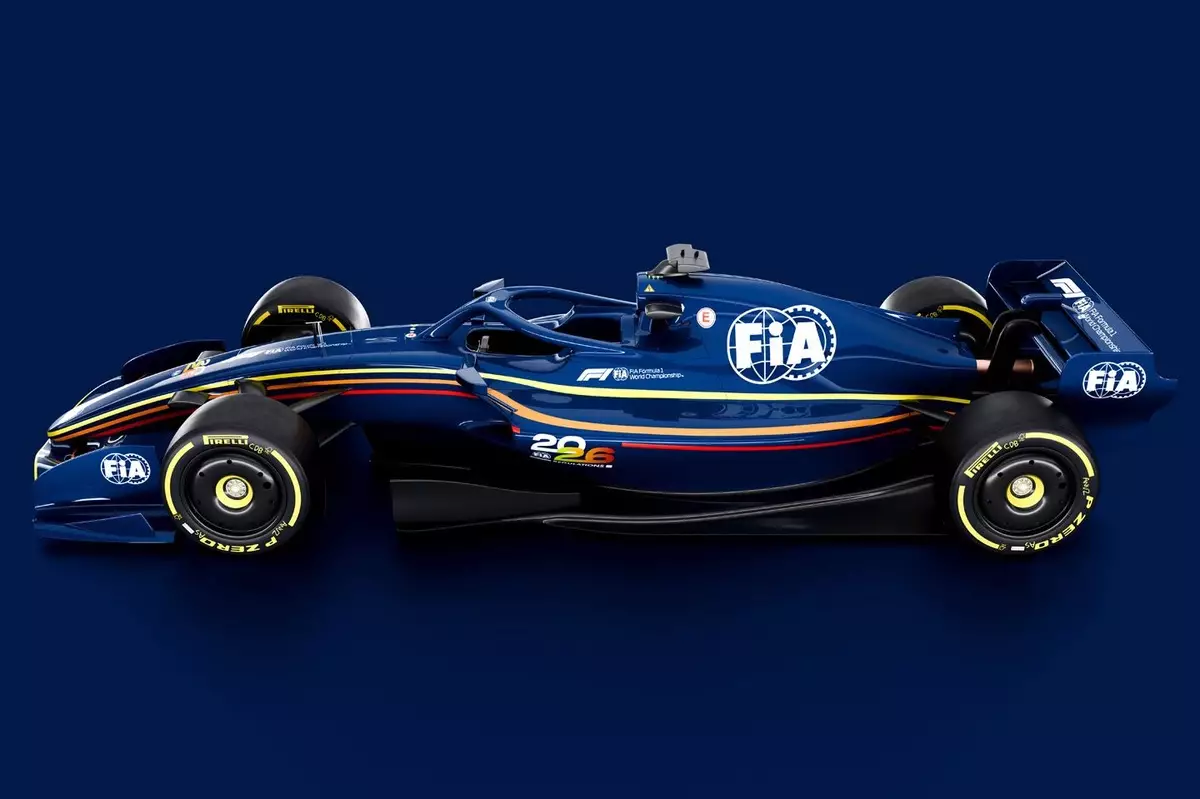The introduction of ground-effect technology in Formula 1 has transformed the dynamics of car design and racing performance since its resurgence in early 2022. This shift presents unique challenges for engineers and teams as they scrupulously navigate the complexities inherent to these high-performance machines. The fundamental balancing act between aerodynamics and mechanical performance is now under increased scrutiny, and the ramifications of these adjustments ripple through the competitive landscape.
Ground-effect cars thrive on low ride heights, generating significant downforce through their aerodynamic profiles. However, achieving this performance is fraught with difficulty due to the need for precise tuning. Engineers find themselves in a position where they must optimize both the car’s aerodynamics and its mechanical components, which often compete against each other. The tension between maximizing downforce and ensuring mechanical stability is a critical focal point for teams hoping to secure competitive advantages.
One of the most notorious phenomena associated with ground-effect cars is porpoising, characterized by the car oscillating vertically as it alternately gains and loses downforce. This behavior poses a significant challenge, particularly during high-speed maneuvers, as it compromises not only performance but also driver safety. In response, teams are compelled to devise solutions that will mitigate the unsettling effects of porpoising, demanding innovative engineering strategies that blend mechanical and aerodynamic elements seamlessly.
Prominent figures in the paddock, such as Mercedes‘ technical director James Allison, have voiced their concerns about the performance profile of current ground-effect cars. Allison encapsulates a widely shared sentiment when he expresses skepticism about the new generation’s design compromises: „I personally don’t think it’s a great thing,“ he stated, critiquing the necessity of maintaining minimal space between the car and the ground. This perspective highlights a significant tension within the community, as engineers must work within a framework that both rewards innovation and imposes constraints.
As regulatory bodies gauge the impact of these changes, they are also looking ahead to a new era of Formula 1 beginning in 2026. Recent discussions within the FIA point toward reforms targeting ground-effect technology that could lessen the reliance on ultra-low ride height configurations. Nikolas Tombazis, FIA’s head of single-seater matters, has indicated a desire for a less aggressive ground-effect strategy. This evolution signals a possible departure from the inherent challenges of the current designs, potentially easing the balance between aerodynamic downforce and vehicle stability.
The need for a flexible car setup becomes increasingly paramount, especially in circuits that demand varied performance characteristics. Allison notes that certain tracks, such as Circuit of the Americas in Austin, test the extremes of a car’s abilities. The multifaceted nature of such circuits presents a scenario where the ideal setup for an optimized speed range becomes complex. Teams are pushed to address the mechanical setup of their cars dynamically, ensuring they remain competitive across different sections of the track.
With this impending shift in design philosophy, the 2026 regulations have the potential to foster a new generation of cars that are less dependent on the radical performance characteristics seen in today’s grid. The thoughtful redesign could pave the way for increased competitiveness, allowing teams to tailor their strategies without being overly constrained by the necessity of maintaining low ground clearance for optimal downforce. The balancing act between speed and stability will remain critical, and teams must stay ahead by innovating their approaches continually.
The evolution of ground-effect cars in Formula 1 encapsulates a period of significant transformation, marked by challenges and opportunities in equal measure. As engineers seek to reconcile the demands of aerodynamics with mechanical robustness, the regulatory changes anticipated in 2026 hold the promise of a more adaptable and inclusive future for the sport. With continued innovation and collaboration among teams, the racing landscape may shift once again, embracing a new definition of performance that better accommodates the varied requirements of modern circuits. As the sport progresses, one thing remains clear: the pursuit of speed will inevitably challenge the boundaries of engineering ingenuity.


Napsat komentář